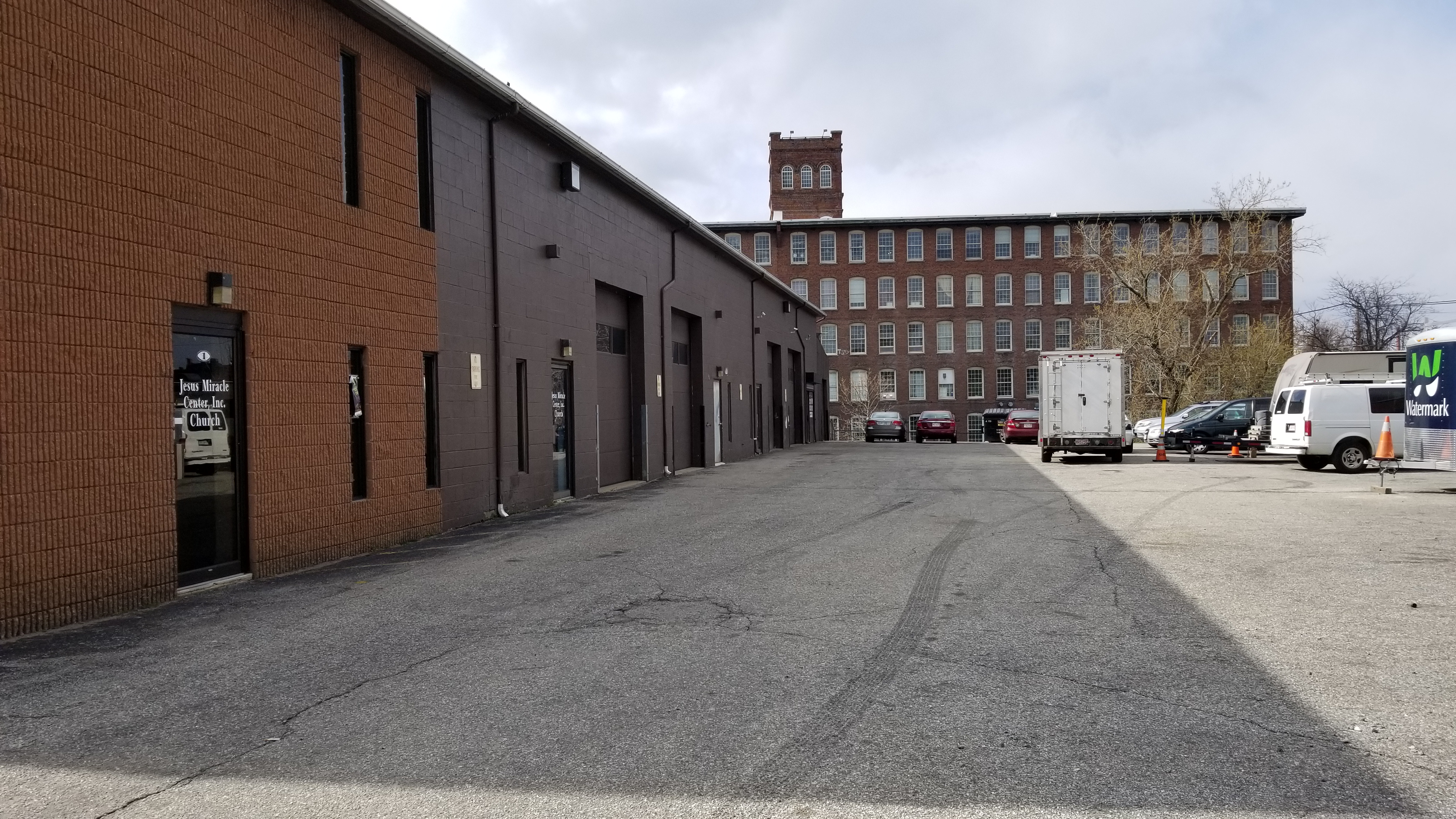
Industrial Revival
Ten years ago, industrial properties seemed to be down for the count. The companies and the workers that had filled those buildings had gone south or overseas. The proud mill buildings of Lawrence, Lowell, and Worcester were hollowed out. Developers picked over them to resurrect some of them as apartments and condominiums. For industrials, it seemed, the future was done.
Ten years can make a lot of difference. Circumstances change. The Internet, as everyone knows, has changed shopping habits. Investors looking for real estate with good prospects for growth in value have steered clear of retail properties and offices. The pandemic emptied out offices, teaching companies that offices themselves are not necessarily important when work can be done from home. Retail has suffered as well. The safe places to park money have been apartments and industrials. Apartments were already at such high prices (and correspondingly low capitalization rates, or rates of return) that further price growth seemed unlikely. Yet there it was, with investors pushing prices still higher. (See accompanying article, “Apartments 2022.”)
Anyone taking a tour through an office/industrial building during the pandemic – that includes appraisers, which includes me – could see the stark contrast in the levels of activity in two side-by-side spaces. Things would be buzzing in the shop and the warehouse, with workers – some masked, some not – doing their work as though it was still 2019. At the same company, open the door on the office, and what you saw was a ghost town. It wasn’t as if everyone had just left. What it was was that, for months on end, everyone had just stayed home.
Rates of return on apartments have been driven so low that investors who are determined to get in are forced to accept first-year rates of return of 4% in order to buy a high-quality building. Industrials of just average-to-good quality, like 40-year-old concrete block buildings in a typical suburban industrial park, offer first-year returns, or capitalization rates, of 6% to 7%. If investors foresee a stable future for industrials, rates of return like that are a good reason to dive in.
Apartments and industrials have this in common: they are not dispensable. They are places where people need to be. People need apartments as homes. Everyone needs a home. They need industrials for work. If your work is at a printing press, a stone cutting machine, or a lab full of test tubes, you need to go where the work is. You can’t take it home with you.
The recent history of industrials is told in a statistic: the ten-year rise in the average price per square foot of industrial buildings. While forecasters predicted a downward trend for industrials in the pandemic, the opposite happened. CoStar tracks a large volume of data for industrials. The price line for industrials nationwide shows a steady rise from 2011 to 2021, with an overall increase of 146%. The price line for Greater Boston industrials is even stronger. In 2021, while industrials nationwide appreciated at a rate of 15%, the price trend for Greater Boston industrials hit 17%.
Add the value of appreciation at an average of 9.4% per year (compound interest) to a return of 6% to 7% from rental income and you have an annual return of 16% - a very good reason to dive into industrials.
For a long time, the trend for industrials that weren’t demolished or made into apartments was conversion to office space. Plenty of one-story suburban buildings that were built as industrials have little industrial space left in them. But something happened since 2000: the trend that favored offices was reversed. Industrial space, for all its “bare-ness,” with concrete floors and exposed bar joists for ceilings, became equally as valuable on a per-square-foot basis as the built-out office with its coffered ceilings and carpet tile floors. That doesn’t make sense in terms of what it costs to build out the two types of space. But cost is not value. The cost of all that office build-out isn’t worth much if offices are in declining demand.
Sometimes, what happens happens so slowly that no one notices. For a long time, the picture for industrials was not pretty, and no one paid much attention. People notice industrials now. They went away for the better part of half a century. Not now. Industrials are back.